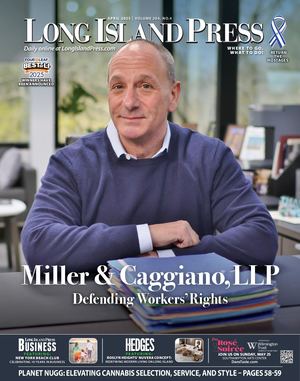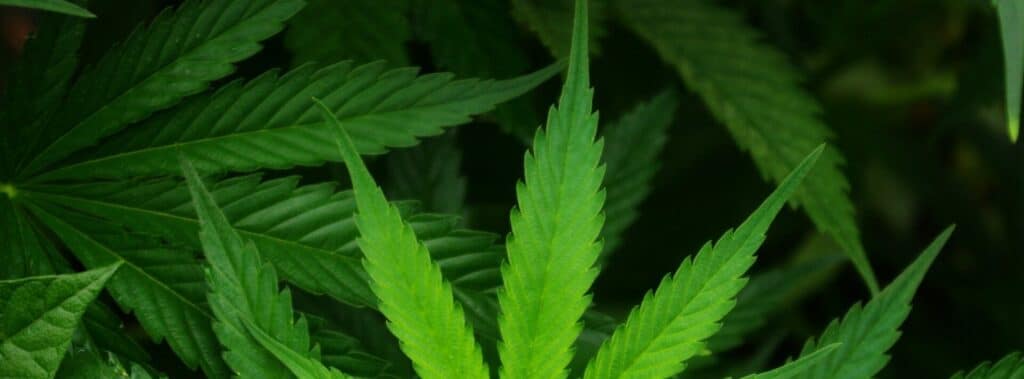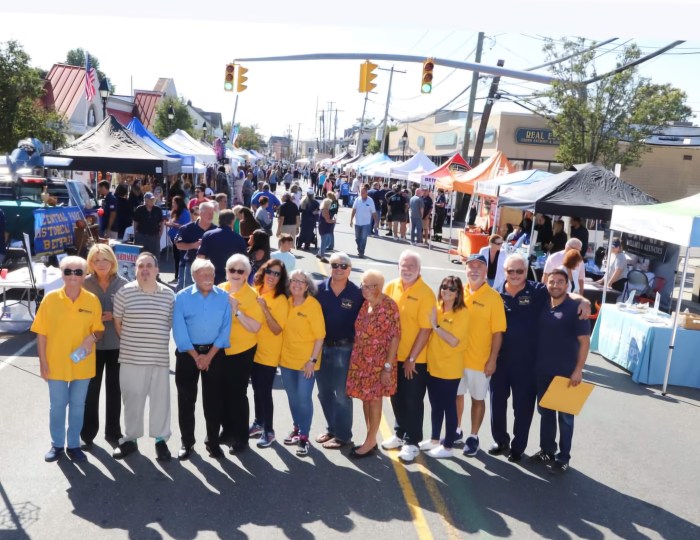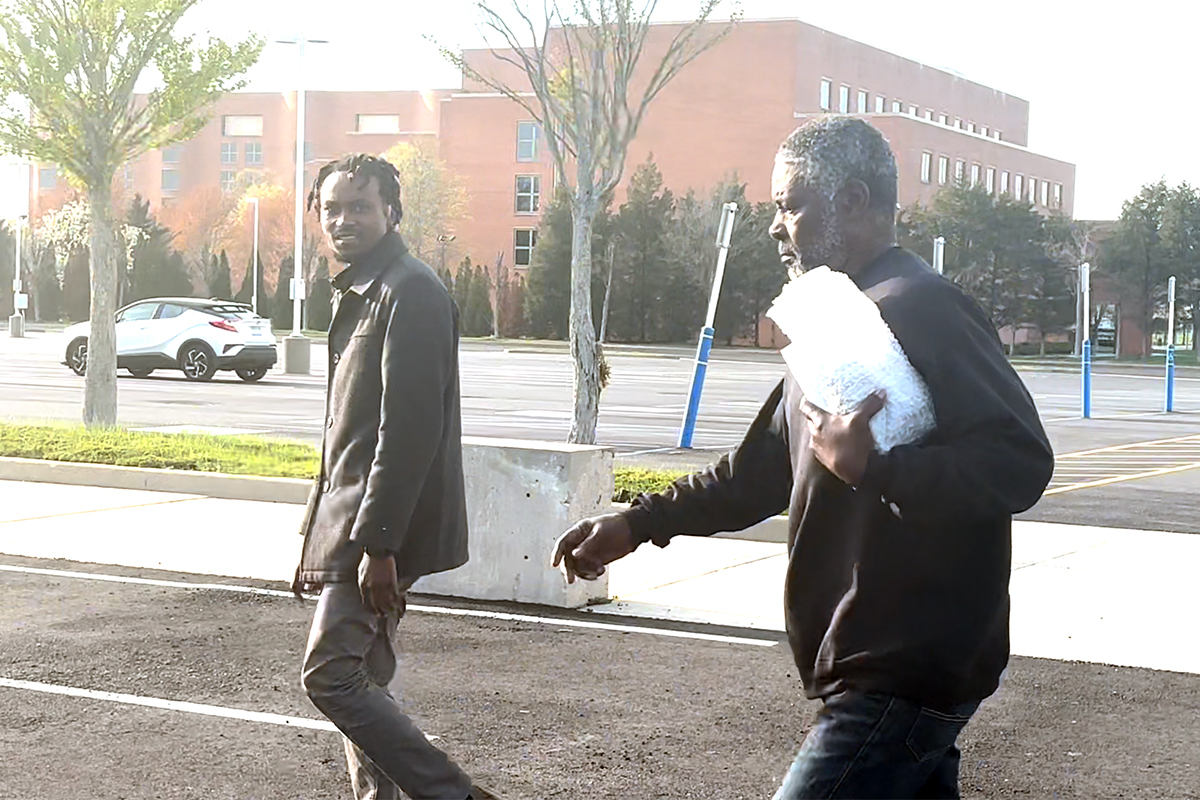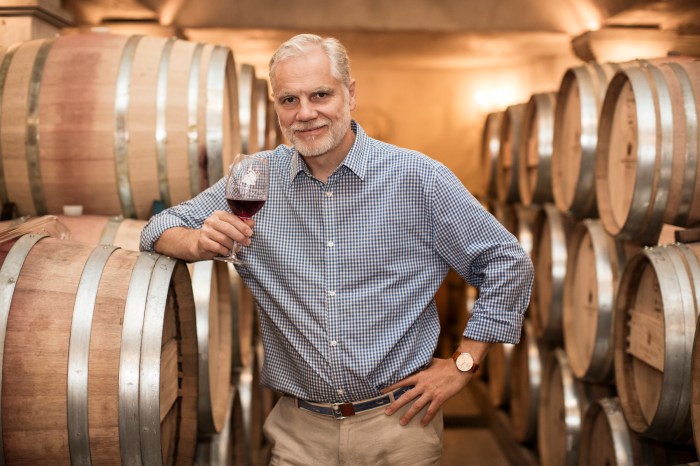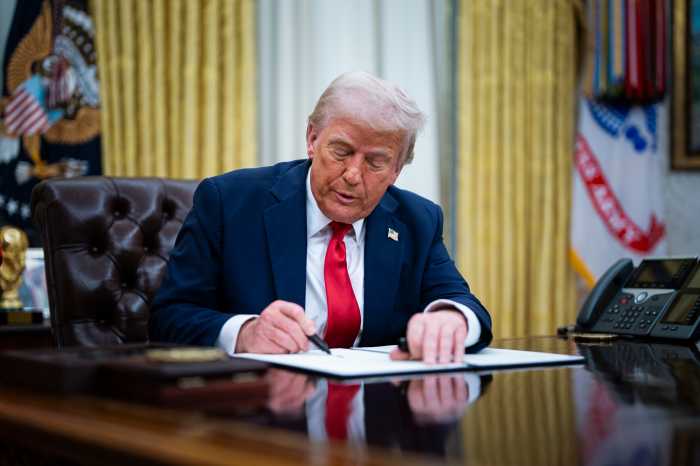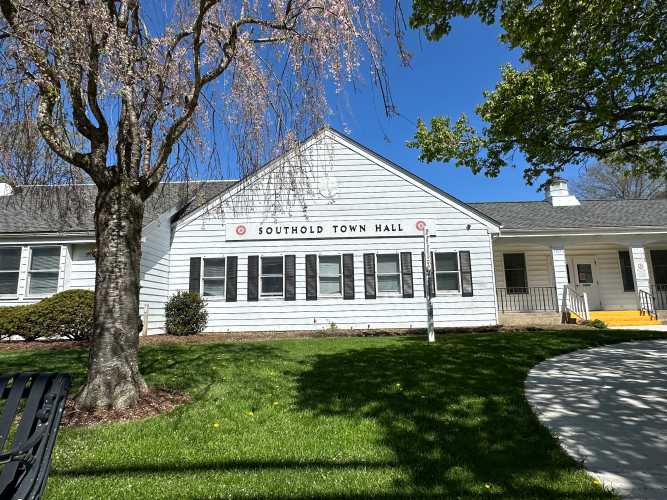As New York State continues pushing forward into an era where cannabis will be a legal, taxed part of our economy, it’s important to know some of the history of this plant that humans have cultivated for likely tens of thousands of years.
Here on Long Island, where traces of this history remain in the form of street signs, town names, and some local laws, it may be doubly important to keep an eye on our past if we hope to build an equitable, sustainable cannabis industry.
In short, humans and cannabis have for thousands of years demonstrated what is known as mutualistic coevolution, meaning that our two species have profited and excelled by sticking together. As we have benefited from the cannabis plant’s nutrition (e.g. proteins and oils), its fibers (e.g. in cords and cloth), and its medicinal uses (e.g. anti-inflammatory, psychoactive, analgesic, and antimicrobial properties, just to name a few), so has the plant known as cannabis sativa (whose modern cultivars include the “Sativa” and “Indica” plants we smoke, as well as low-THC hemp) prospered by being intentionally transported and grown around the globe.

The exact etymology of the word “cannabis” is still under dispute, but what’s clear is that cultures around the world have given names to this plant, sometimes known as hemp — also spelled, in various parts of the European continent, as “hennep” or “hamp.”
By the time Europeans started arriving in present-day Long Island, most societies and cultures around the world had a substantial appreciation for cannabis, including European royals, doctors, scientists, and military figures.
In the second half of the last millennium, in fact, cannabis played a large role in both pre-U.S. and early U.S. history.
Given the plant’s utility, European colonists were keen to start growing it in “the New World,” and did so up and down the East Coast. Along with tobacco and cotton, it was also one of the major crops which kidnapped and enslaved people of African descent (and, in some cases, Indigenous Americans) were forced to grow on plantations. It’s well known, for example, that George Washington and Thomas Jefferson were both proponents of the plant, and cultivated personal crops of it on their own plantations using slave labor.
In 1600s and 1700s, when ships roamed the seas seeking precious cargos in whatever form, cannabis was particularly seen as a major resource because it provided strong fibers used for cloth, such as ships’ sails, and for rope, i.e. the rigging that held ships’ sails in place.
And so it was, centuries before New York State would be nicknamed the “Hempire State” because of its pro-hemp farming regulations, that Long Island became one of the major sources for rope in the colonized world.
Many aspects of the exact history of hemp-growing on Long Island remain unclear, as records of agricultural production as well as slave-owning operations in our region are sparse.
What is clear, however, is that hemp was grown abundantly for at least 100 years by European colonists (and the laborers they enslaved, or in some cases paid) up and down Long Island. For one thing, well-known place names establish the connection: in Nassau County, we have Hempstead, which means “hemp farm;” to the east, in Suffolk County, we have the Hamptons, or “hemp towns.”
“That whole area of Long Island was called the Hamptons, and ‘hamp’ is the Northern European word for ‘hemp,’” explained entrepreneur and author John Roulac in an interview with Anton Media Group. “Essentially, Long Island was the provider of hemp for making ropes and sails for the shipping industry in the 1700s and 1800s.”

“Basically, with the advent of steam power, hemp was no longer a significant crop after, say, the 1870s,” Roulac said. In the early 20th century, the burgeoning U.S. pharmaceutical industry also identified cannabis as a threat, in a word (among other things, which future parts of this series will discuss), and the nation’s enthusiasm for hemp dropped from a boil to a simmer.
Looking back at the region’s history, it’s also clear that these vital hemp crops on colonial-era Long Island were being grown, at least in part, by enslaved persons of African descent.
According to Hofstra University’s previous “Slavery on Long Island” exhibit: “After the English took over New Netherlands (changing the name to New York) in 1664, the colony became more deeply involved with the importation of slaves via the Trans-Atlantic slave trade and from the Caribbean. In order to satisfy labor demands in their colonies, the English actively sought to step up their efforts to transform African men, women, and children into chattel property.”
“The Census and tax data from the late 17th century indicates that approximately two out of five households in Queens and Suffolk counties included one or more slaves,” Hofstra researchers found. “By the mid-18th century, an internal slave trade was the predominant method of exchanging and acquiring slaves on Long Island, and it greatly contributed to the seven-fold increase in the number of slaves by the early 19th century.”
And while historical records do indicate clearly that this was going on, Long Island has comparatively few records of the transactions themselves. As researchers noted: “Unlike New York City, with its public forums [and slave market/s], the buying and selling of slaves on the Island was typically a private matter during this time.”
Despite slave-owners’ bookkeeping issues, however, some researchers have been able to create a timeline of that era on the Island, and even to trace back family lines of people now living on Long Island whose ancestors were brought there by force.
The Plain Sight Project, for one, has tracked down records of hundreds of slaves who lived mostly on Eastern Long Island, from Sag Harbor to East Hampton.
Meanwhile, as our next installment of “Long Island Cannabis Conversations” will explore, some of the people who’ve been in this same region since long before European colonists arrived are now poised to carry this plant, and its potential for equity and positive change, into a new era.
